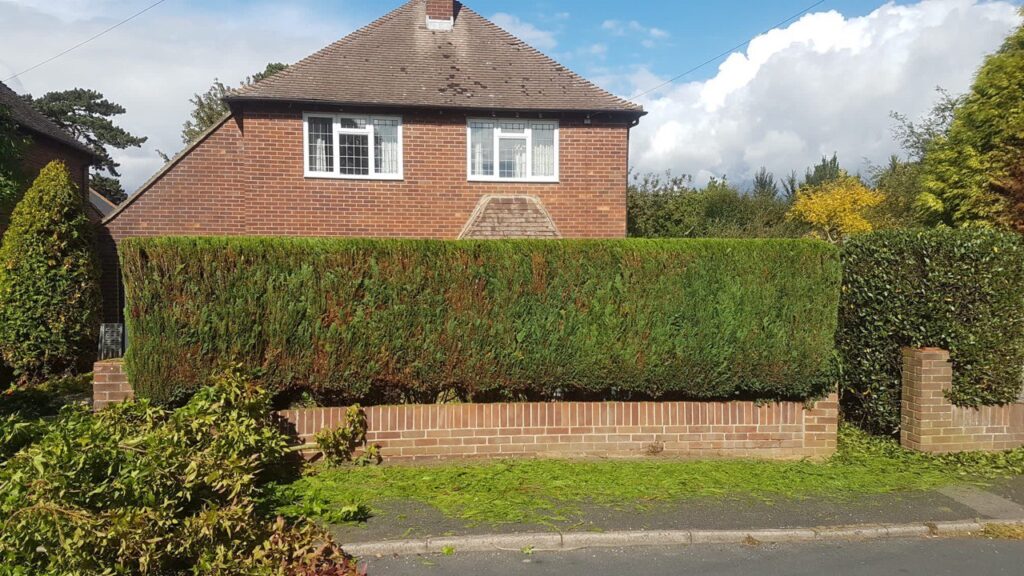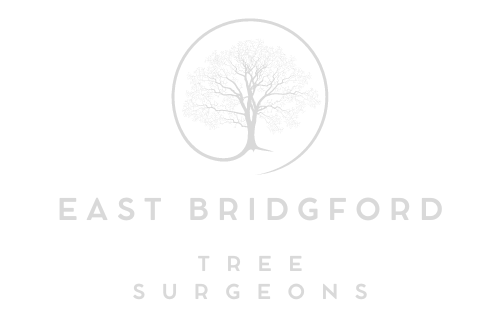Tree Crown Reduction: Benefits for Utility Line Clearance
Introduction: Maintaining clearances around utility lines ensures uninterrupted service and prevents potential hazards. Trees growing near power lines, telephone lines, and other utilities can risk interference, power outages, and safety hazards if their branches come into contact with the lines. Tree crown reduction is a proactive approach used by tree surgeons to manage tree growth and create safe distances between trees and utility lines. In this blog post, presented by East Bridgford Tree Surgeons, we’ll explore the benefits of crown reduction for utility line clearance and why it’s crucial for maintaining a safe and reliable infrastructure.
1. Preventing Interference and Damage
Overgrown tree branches can pose a significant risk of interference and damage to utility lines. When branches come into contact with power lines or communication cables, they can cause power outages, signal disruptions, and equipment damage. Crown reduction involves selectively pruning branches to reduce the size and weight of the tree canopy, creating safe distances between trees and utility lines. By proactively managing tree growth, crown reduction helps prevent interference and minimises the risk of damage to utility infrastructure.
2. Ensuring Reliability and Continuity
Maintaining clearances around utility lines is essential for ensuring the reliability and continuity of service. When trees encroach on utility lines, they increase the likelihood of service disruptions due to branch contact or falling debris during storms or high winds. Crown reduction helps mitigate these risks by creating a buffer zone between trees and utility lines, reducing the likelihood of contact and minimising the impact of tree-related outages. Cough reduction helps utilities deliver uninterrupted service to customers by ensuring clearances are maintained.
3. Enhancing Safety
Safety is a paramount concern when managing trees near utility lines. Trees that grow too close to power lines pose a significant safety hazard, as they can conduct electricity and create the risk of electrical fires, electrocution, and injury. Crown reduction helps mitigate these risks by creating a safe distance between trees and utility lines, reducing the likelihood of contact and minimising the potential for accidents. By proactively managing tree growth, crown reduction enhances safety for utility workers, arborists, and the public.
4. Promoting Long-Term Sustainability
Crown reduction is a sustainable approach to managing trees near utility lines, as it helps minimise the need for reactive maintenance and emergency tree work. By proactively managing tree growth and creating clearances around utility lines, tree surgeons can reduce the frequency of service interruptions, equipment damage, and safety incidents. This proactive approach enhances the reliability and safety of utility infrastructure and promotes long-term sustainability by minimising the environmental impact of tree-related maintenance activities.
5. Supporting Urban Forestry
Trees are valuable assets in urban environments, providing numerous environmental, social, and economic benefits. Crown reduction allows utilities to coexist harmoniously with trees, supporting urban forestry initiatives while ensuring the reliability and safety of utility infrastructure. By managing tree growth and creating clearances around utility lines, utilities can preserve the health and beauty of trees while meeting their operational needs and regulatory requirements.
Conclusion: Tree crown reduction plays a vital role in managing trees near utility lines and promoting utility infrastructure’s reliability, safety, and sustainability. By proactively managing tree growth and creating clearances around utility lines, crown reduction helps prevent interference, ensure continuity of service, enhance safety, and support urban forestry initiatives.
Call us on: 0115 647 1178
Click here to find out more about East Bridgford Tree Surgeons
Click here to complete our contact form and see how we can help with your tree’s needs.

